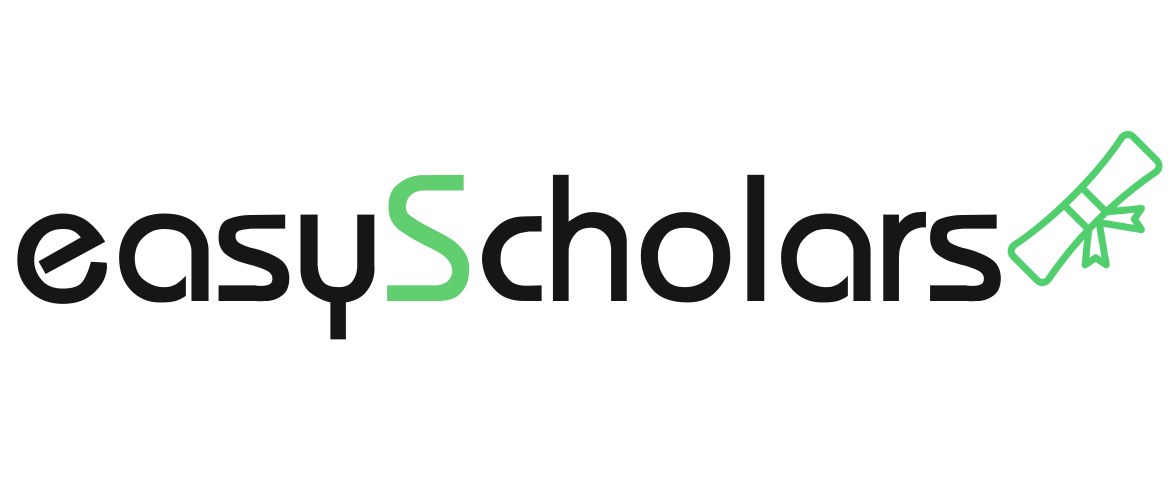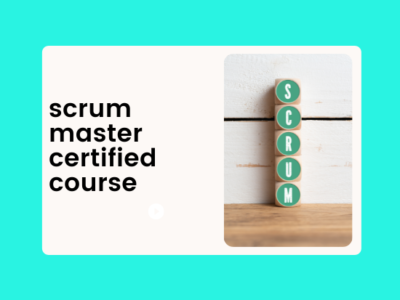The Product Owner represents the interests of the stakeholder community to the Scrum Team. The Product Owner is responsible for ensuring clear communication of product or service functionality requirements to the Scrum Team, defining Acceptance Criteria, and ensuring those criteria are met. The Product Owner must always maintain a dual view. He or she must understand and support the needs and interests of all stakeholders, while also understanding the needs and workings of the Scrum Team.
Applicants will be awarded the Scrum Product Owner Certified (SPOC®) certificate by SCRUMstudy™ upon successfully passing the certification exam.
Agile and Scrum Overview
- What is Agile?
- Why use Agile?
- The Agile Manifesto
- Principles of the Agile Manifesto
- Agile Methods
- Other Agile Methods
- Scrum Overview
- Scrum Summary
Scrum Roles
- Scrum Roles
- The Product Owner
- The Scrum Team
- The Scrum Master
- Advantages of Cross-functional Teams
Planning in Scrum
- Scrum Flow
- Requirements in Scrum
- Prioritizing the Product Backlog
- Adaptive Project Management
- Scrum Planning
- User Stories
- The Concept of Persona
- Acceptance Criteria
- Generic Done Criteria
- Criteria for a Good User Story
- Estimation
- Importance of Value
- Risk Burndown Graphics
- Scrum Board
Sprint Planning
- Sprints (from Product Owner’s point of view)
- Sprint Planning Meeting
- Planning Game
- Task Estimation
- The Sprint Backlog
Implementation of Scrum
- Daily Stand-up Meeting
- Sprint Review Meeting
- Sprint Retrospective Meeting
- Product Backlog Grooming
Scrum for Large Projects
- Scrum for Large Projects
- The Chief Product Owner
- Distributed teams in Scrum
- Transition to Scrum
- Mapping Traditional Roles to Scrum
- Maintaining Stakeholder Involvement
This certification is for anyone who interfaces with stakeholders or works as a Product Owner in a Scrum Team.
value added features.
- placement assistance
- 24/7 technical support
- resume building
- recorded sessions
- self-paced
- reference material
course objective.
The participants will be prepared to take SPOC™ certification exam and pass. Also they will be able to apply the concepts in their day to day job.
To maintain the certification status, Scrum Product Owner Certified (SMC™) professionals will need to earn 40 re-certification credits every 3 years.
alumni
our Alumni Works at.

frequently asked question.
- You can enroll for an online, classroom or virtual course directly from our website by filling up the booking form. Alternatively, you can contact our sales team who can book you for a course.
All leading companies in the world use Six Sigma. Six Sigma has come a long way since its inception in the mid 80’s. In the present day, Six Sigma is one of the most widely applied methodologies for improvement projects globally. Also, the widespread increase in the demand for certified Six Sigma professionals is a testimony to the fact that Six Sigma is here to stay.
Six Sigma is a data driven, customer focused and result oriented methodology which uses statistical tools and techniques to systematically eliminate the defects and inefficiency to improve processes. Six Sigma was developed by Motorola in 1986 and since then it has been adopted by all leading companies across industries.
course outcome.
- Scrum Product Owner Certified (SPOC™) certification exam is designed to confirm applicants practical and working knowledge of Scrum that equips them to handle the business aspects and stakeholders in a Scrum environment. Product Owner represents the interests of the stakeholders in the Team. Commonly called ‘the voice of the customer’, the Product Owner is responsible for ensuring clear communication of product or service functionality requirements. The Product Owner also prioritizes the requirements from the point of view of an end user, for the maximum business benefit, defines the Acceptance Criteria, and ensuring those criteria are met.















